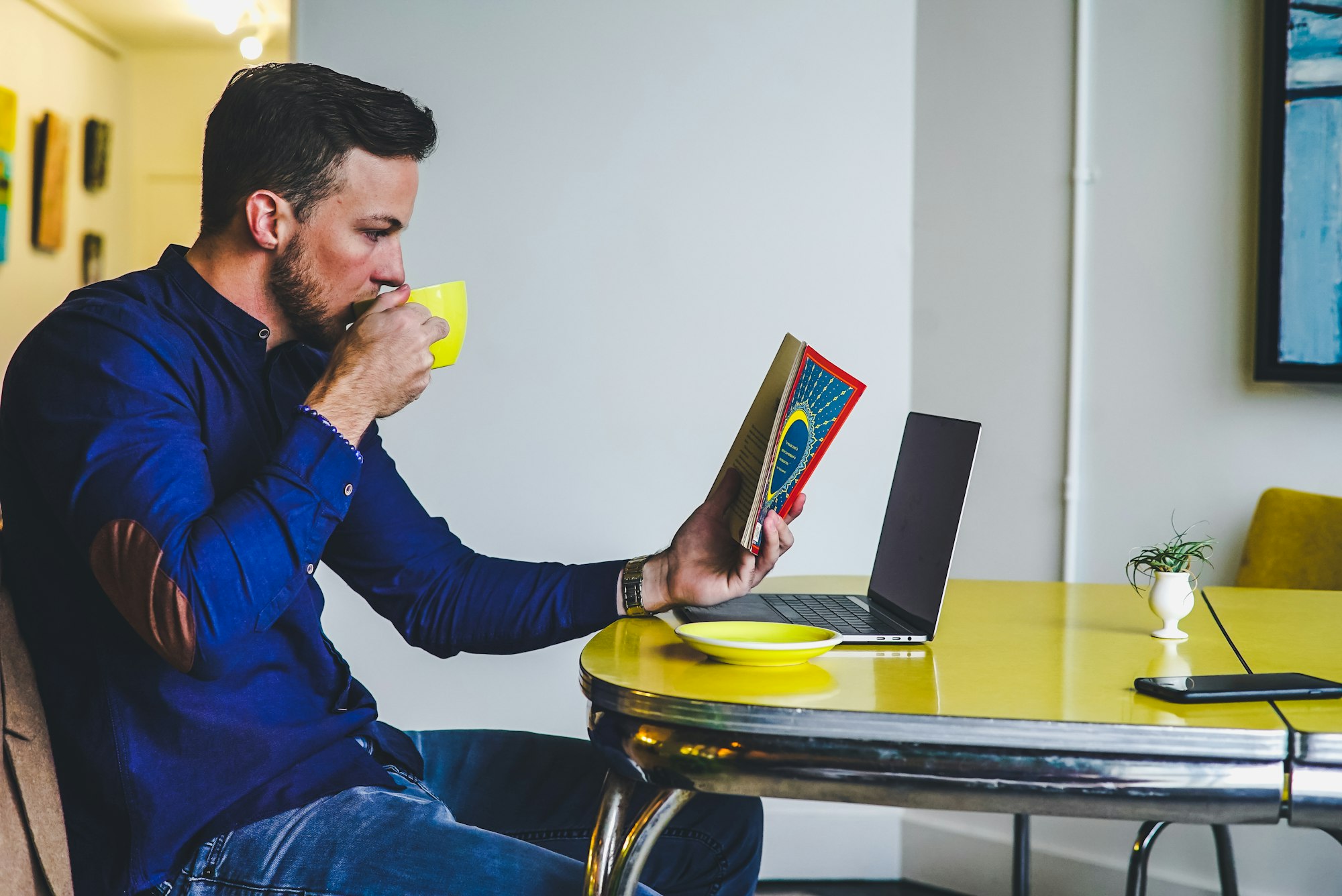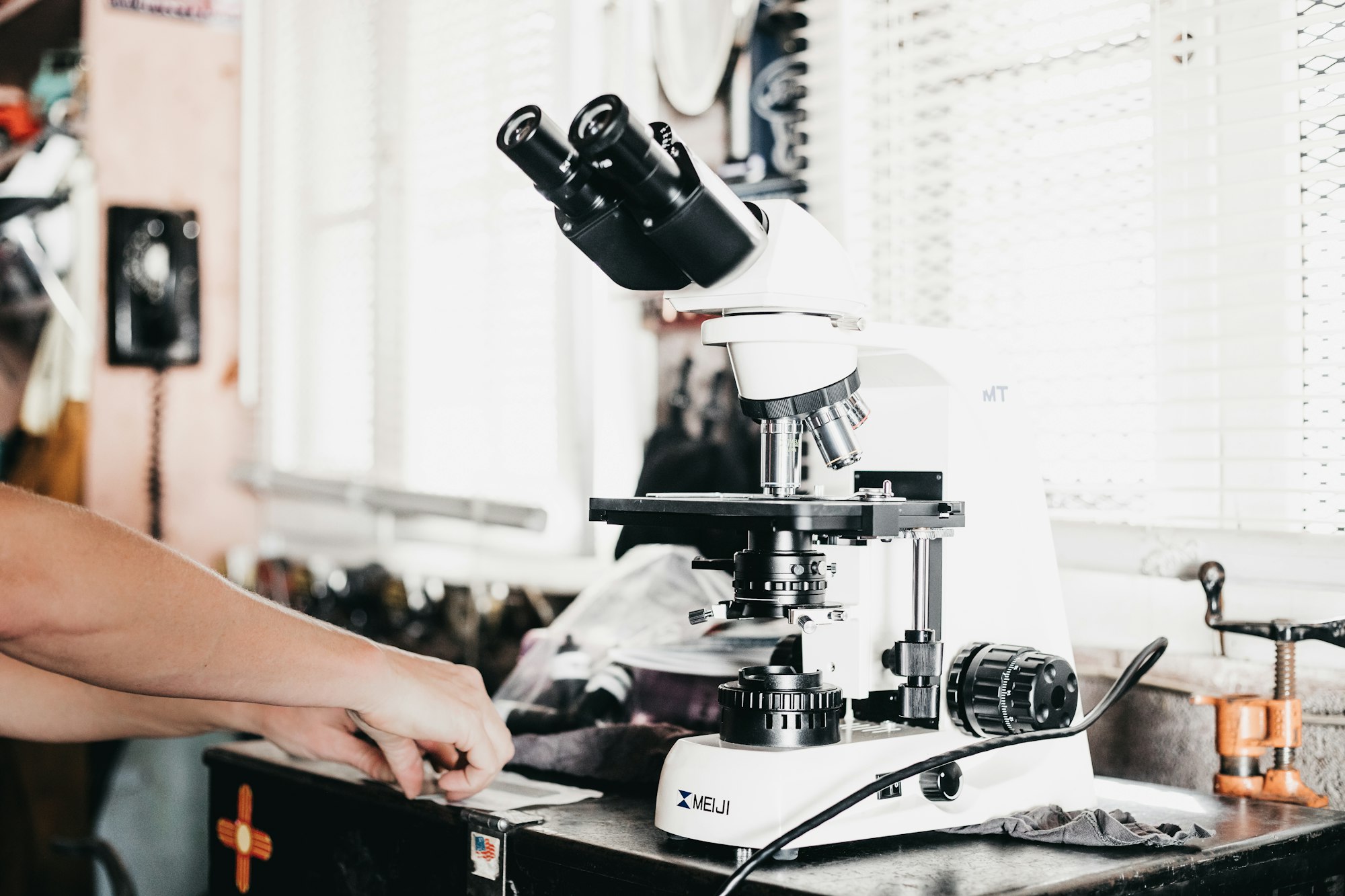Students can't actually learn on their own... can they?

Note: Last week I posted a throwback article from April 2014 about flipped learning and self-teaching. This week I thought I'd post the followup to that article, also from 2014 and also about self-teaching. As with last week's post, although it's 6 years old I think it still holds up and has some important things to say about what we can expect from students as we roll up on Fall 2020.
And a reminder, all my old Chronicle-era posts are in a searchable archive at this website.
We’re currently looking at points of skepticism about flipped learning and the flipped classroom. In the last post, we discussed the issue of students objecting to the flipped classroom because it is nothing more than having students teach themselves the subject. My response to that was that flipped learning should never look like the instructor simply giving students reading to do and walking away; like any effective pedagogy, it should involve a partnership between student and instructor that focuses on crucial learning experiences in class, which under the flipped model is wide open for such experiences.
Here’s another point of skepticism brought up in an earlier discussion about flipped learning, and it’s related to the first one. As with last time, I am quoting directly from one of the comments on an even earlier post:
I work at a community college. Many students are there because they need extra help and support. The idea that everyone can just learn things on their own is erroneous. If my students could “self-regulate” their learning, they most likely wouldn’t be in developmental English and math. This may work for highly intelligent, highly motivated students. It doesn’t work for those who need actual instruction to learn concepts that confuse them.
Let’s focus on the key phrase in this comment: “The idea that everyone can just learn things on their own is erroneous.”
I want you to take a moment and think about the five most important things you have ever learned in your life. And by “in your life” I mean all of it. Five things you’ve learned without which your viability as a human being would be in question. Go.
Here’s my list:
- Speaking and reading my native language (I know, that’s two things, but lump them together for now)
- Going to the bathroom unassisted
- Feeding myself unassisted
- Walking
- Listening to another person and interpreting what they are saying
There may be something else I’m not remembering that’s more important, but it’s hard to think of such things because they are the operating system for the rest of our lives — these skills and behaviors live in the background and enable everything else. That’s what I mean by “important”.
If your list is like mine, these are not easy things to learn. I know they’re not easy because I have three kids myself, the youngest of whom (at age 5) has only recently figured out the majority of the items on my list. For some kids this is more of a struggle to learn than for others. For example, we adopted my 8-year old daughter at age 13 months with profound physical developmental delays. It took her a lot longer to master simple physical coordination than her sister or brother. She was neither skilled nor motivated at walking, eating, or anything involving physical coordination. But now she is a pro.
And that brings me to my point. Look at your own list. You obviously learned these things somehow, because otherwise you wouldn’t have listed them. My question is, How? What was the process by which you learned them?
I’m not sure for myself, because I was too young to remember, but my kids definitely did not learn how to walk, speak, read, or eat by having someone lecture to them about walking, speaking, reading, or eating. They did not learn by being tested on walking, speaking, reading, or eating. They really didn’t even learn by seeing well-produced examples of walking, speaking, reading, or eating — although those examples can be powerful. My kids all learned these foundational skills in life by doing them, failing at them, and trying again — using their failure as feedback — until they got it right. In short — they taught themselves.
So I would reply to the main skepticism here: The idea that students cannot learn things on their own is itself erroneous. Not only can students learn things on their own, the most important things they have ever learned in their lives are things they have learned on their own.
There is absolutely no reason to think that they have lost this basic capacity for self-learning. It doesn’t matter whether the student is in community college, high school, the fifth grade, or diapers. It doesn’t matter whether you think the student is motivated or intelligent on the one hand or stupid and lazy on the other. It doesn’t matter if the kid is 5 years old or 75 years old. The basic fact is that the ability to self-learn is intrinsic to all human beings — in fact it is part of what makes us human beings. Therefore to say that a person simply can’t learn on his own is the same as dehumanizing him.
Now let me add an important qualification here, namely what we mean by learning on one’s own. Does this mean learning in total isolation from other people? Clearly not. My understanding of how kids learn language, for example, is that they learn by imitating the language of adults. That’s certainly how my kids learned — by me reading books to them, helping them sound out words, and so on. Learning “on your own” does not mean learning without any support or guidance whatsoever. In fact it’s hard to imagine learning at all without at least some support from an expert.
Unfortunately this is a common misconception about the flipped classroom: That it’s “learning on your own” without any guidance or support from an instructor. I told a story in my previous post about trying to teach a friend how to play a game by giving him the instruction manual and then walking away. Whatever this is, it’s not flipped learning. As I mentioned last time, flipped learning — like any effective pedagogy — consists in a partnership between instructor and learners. Put another way, a “flipped classroom” which simply gives students raw materials but then leaves them to their own devices is as devoid of learning — and just as dehumanizing — as any disengaged lecture, probably moreso.
A well-designed flipped classroom, on the other hand, not only helps students master content knowledge but also gives them practical experience with learning how to self-learn. An intentional focus on learning how to self-learn, in my opinion, is a sine qua non of the flipped classroom. For me, this is built into the Guided Practice assignments that my students get. These are low-risk, simple activities that gradually build the “muscles” one needs for effective self-learning in the future. I’ve found that when students are given the opportunities to self-learn and given guidance in the process — but not necessarily direct instruction on the content — they will do it, and they will be successful at it, and my perception of their intelligence or motivation level is completely irrelevant.
What about self-regulated learning? I’ve tried to convince you that the statement “students can’t learn on their own” is false — deeply so. But what of the statement “students can’t self-regulate”? As with the first statement, the sticking point is the word “can’t”.
If you leave it in, the statement is a judgment that the instructor passes upon students — you are not capable of self regulated learning. But I am in no moral position to pass such judgments on students. Who am I to tell students that they are simply not capable of doing something? Maybe this is acceptable in some situations (you are not capable of moving faster than light) but in an educational setting, it almost has the flavor of eugenics.
It would be more accurate to say that many students don’t self-regulate, in the sense that they don’t fully satisfy Pintrich’s definition of a self-regulated learner. That’s not only accurate, it’s obvious! And we were all there once. But notice that changing can’t to don’t changes how we, as instructors, are to interact with students. If I believe a student can’t learn on his own and can’t self-regulate, then the student is a lost cause. I have no reason to waste my time on him when I have more intelligent, motivated students to work with. But if I believe that the student isn’t learning on his own and doesn’t self-regulate — but could — then I have a job to do, a moral imperative to help this student not only learn the subject matter but also to do it in a way that actuates his innately human abilities, and in doing so, to help the student become more human.
So in my view, this skepticism (“students can’t learn on their own”) really boils down to two things:
- A misconception about the flipped classroom itself, that it is a pedagogy of abandonment, where students are loaded up with books and videos but then left to fend for themselves. This is not the intent of flipped learning at all! The idea in the flipped classroom is to leverage human and electronic resources to teach students how to learn for themsleves.
- The notion that students “can’t” learn or self-regulate. This notion is plainly false and I’ve tried to explain why. But students can get this into their heads because their primary experience is with pedagogy that emphasizes dependence. They are brainwashed through years of instructor-centered pedagogy that they are helpless when it comes to learning. But the fact remains that as human beings, they retain the capacity to learn and to regulate their learning. It’s just difficult and takes time and patience.
To end this long post, I’ll just say that I get this skepticism from at least one student in every flipped class I teach. I expect it, because flipped learning is so different than their school experiences that culture shock is inevitable. I just try to be patient with those students, give them lots of chances to speak their peace, and then engage them in discussions about learning — starting with the first exercise above about the five most important things you’ve ever learned, and how you learned them. About 4 out of 5 times I end up seeing a change of heart, and this is not merely among “intelligent” or “motivated” students. In fact it’s interesting who the “motivated” students become sometimes when you allow them to have some significant role in the learning process.
So I feel like the key to overcoming this skepticism is communication and patience with students. Which somewhat ironically is pretty much the fifth item on my list.


